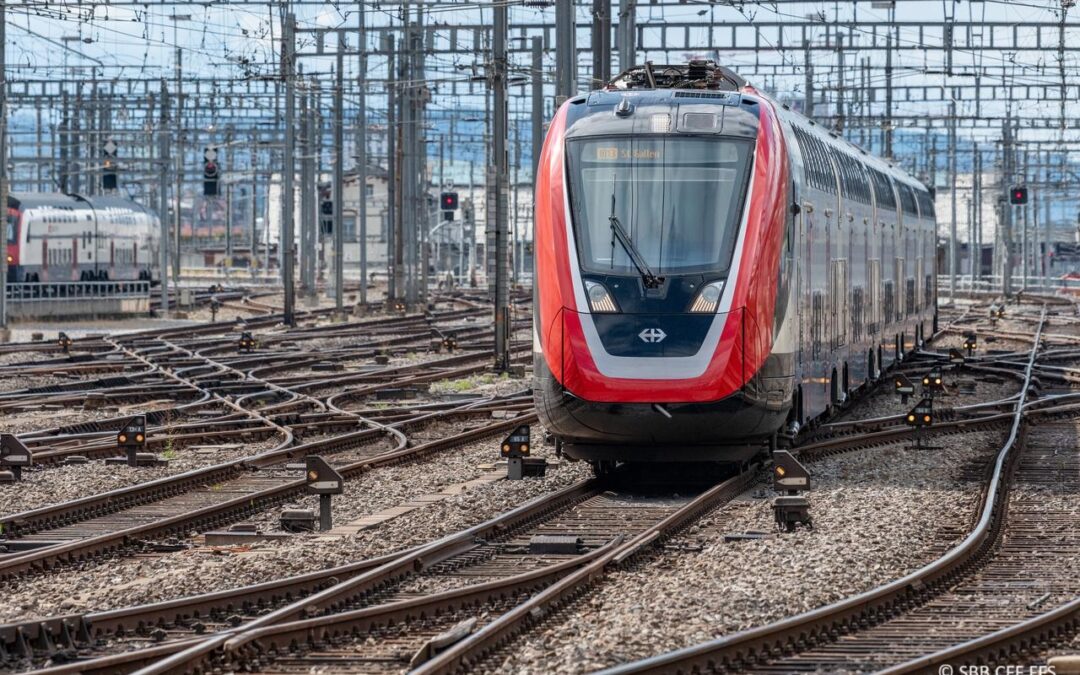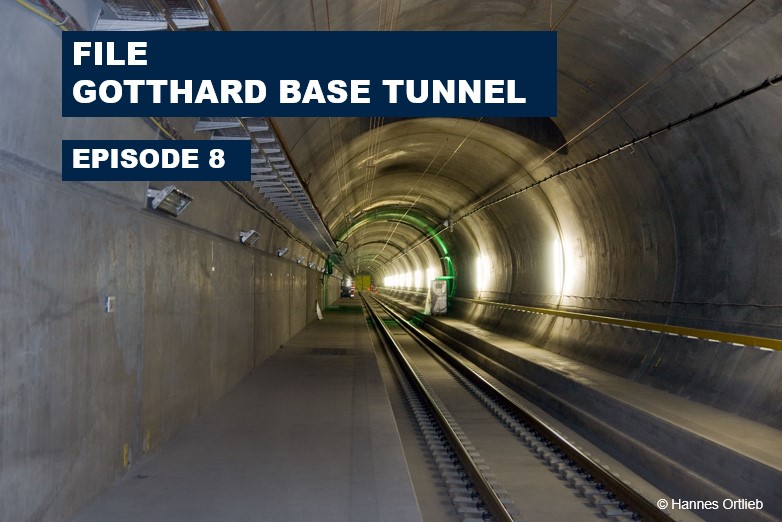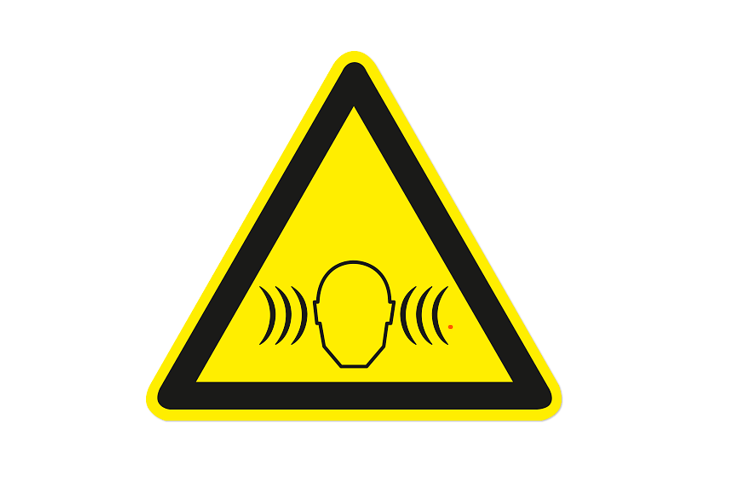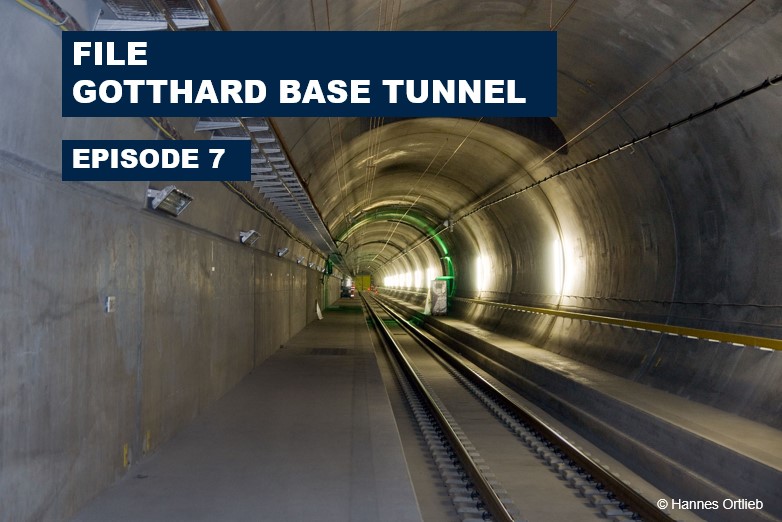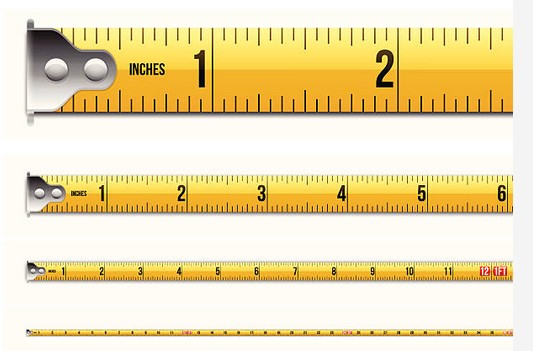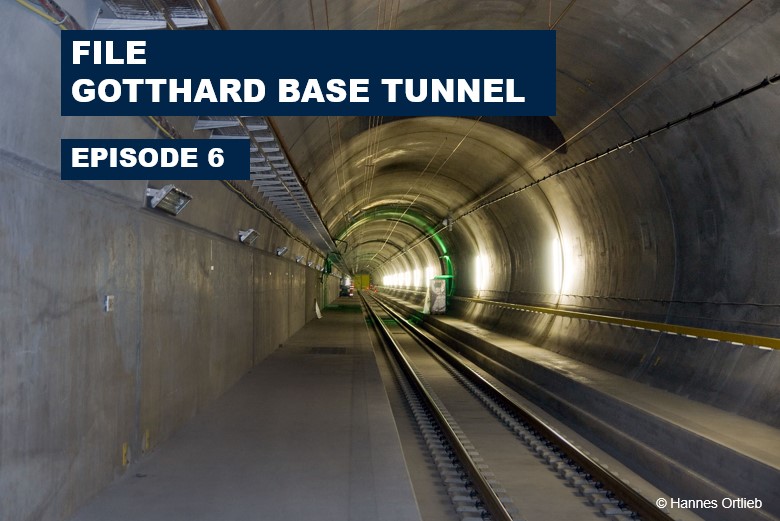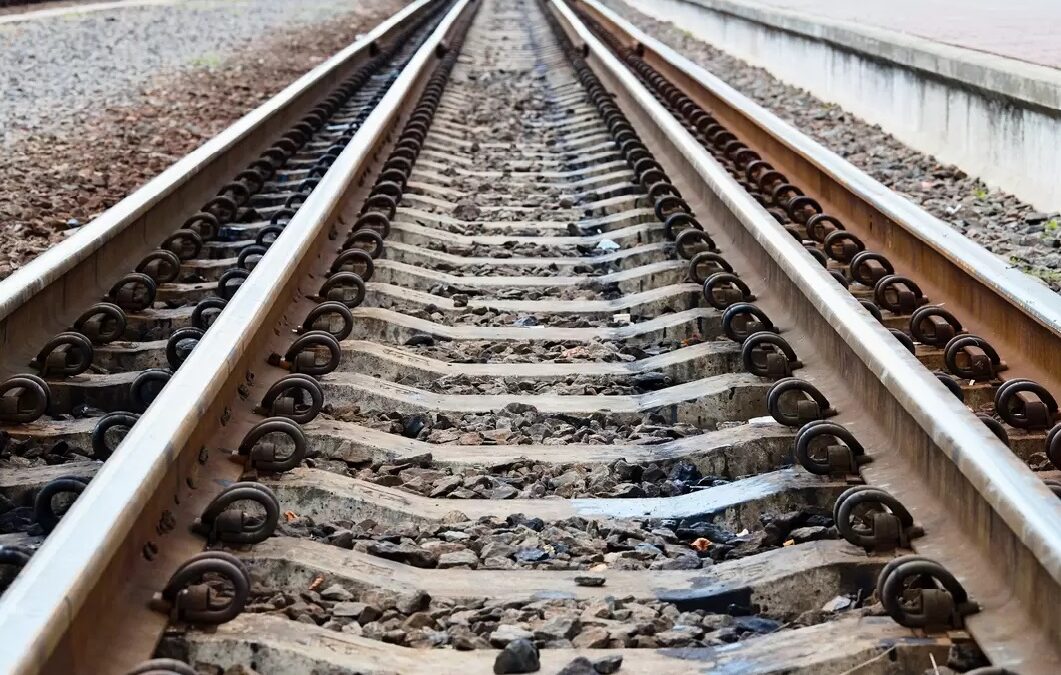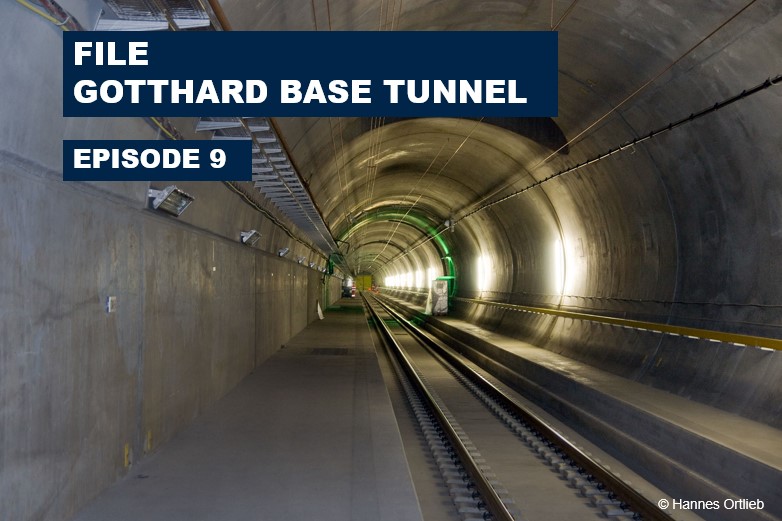
Gotthard Base Tunnel (#9): Avoid shifting traffic back to the road
The goods train derailment on 10 August 2023 caused serious damage to the Gotthard Base Tunnel. SBB therefore intends to massively reduce the capacity of sustainable rail freight transport in favour of leisure traffic at weekends with the timetable change on 10 December 2023. This could lead to a shift of up to 15% of rail freight back onto the road.
This is the issue:
- New timetable concept cancels freight transport routes
- Statutory modal shift target jeopardised
- Alternative for passenger transport available
- NEAT gradually misused for other purposes
- No dialogue at eye level
- Avoiding a shift back to road transport together
New train path concept cancels freight transport routes
According to the media update of 2 November 2023, SBB assumes that the Gotthard Base Tunnel will not be fully available for passenger and goods trains again until September 2024. The repair work is likely to take far longer than originally expected. SBB officials have announced that with the December timetable change, significantly more and faster passenger trains will be travelling through the Gotthard Base Tunnel at weekends. Among other things, they are cancelling a time slot for freight traffic from 7.30 to 9.00 a.m. on Friday mornings and allocating it to passenger traffic.
Statutory modal shift target jeopardised
The unauthorised train path concept has serious consequences for the national modal split. One of our members assumes that 10% to 15% of combined freight transport consignments will be shifted back to the roads and that supplies to Ticino can no longer be fully guaranteed at weekends. Construction work can also not be carried out in the aforementioned time window.
This development contradicts Switzerland's policy of modal shift. According to this policy, the Federal Council wants to shift transalpine freight transport from road to rail. The statutory target of 650,000 lorry journeys was already clearly missed in 2022: 880,000 lorries were still travelling through the Swiss Alps.
Alternative for passenger transport available
For representatives of the shipping industry, SBB's new route concept is all the more absurd as there is a sensible alternative for passenger transport: from an ecological perspective in particular, leisure travellers should use the mountain route at weekends and leave the Gotthard Base Tunnel to the goods trains. After all, due to their heavy loads, they consume much more electricity over the mountain route than passenger trains. Shippers depend on a reliable transport infrastructure seven days a week to supply goods to Switzerland.
NEAT gradually misappropriated
The Gotthard Base Tunnel is part of the New Rail Link through the Alps (NRLA). It was designed for freight transport. The common goal of the European Union and Switzerland with the NRLA was and is to promote freight transport by rail. The project was realised at a cost of CHF 23 billion and 55% of it was financed by the performance-related heavy vehicle charge (LSVA). By restricting the urgently needed train paths for freight transport, the NRLA is once again being misused.
No dialogue at eye level
According to SBB, "... careful consideration was given to the allocation of train paths through the Gotthard Base Tunnel during the repair work in collaboration with representatives of the freight transport sector and passenger railway companies as well as the independent train path allocation body." However, the new train path concept was developed without the freight transport industry and its customers. The subsequent dialogue also proved to be tough. In addition, the voice of SBB Cargo was missing at the media conference on 2 November 2023. It is unclear whether and how the concerns of the freight transport sector were taken into account within the company. The shipping industry is alarmed by this one-sided approach and sees the previously constructive cooperation with SBB being jeopardised.
Working together to avoid a shift back to the roads
We at the VAP strongly urge SBB to involve all those involved in rail freight transport in the planning of train path allocation and to refrain from making one-sided statements about the smooth handling of freight traffic through the Gotthard Base Tunnel. These favour a premature migration of freight transport to the road, which must be avoided at all costs. After all, it is generally difficult to reverse such a move. SBB should not play freight and passenger transport off against each other and favour road transport in the process.
[/et_pb_text][/et_pb_column][/et_pb_row][/et_pb_section]